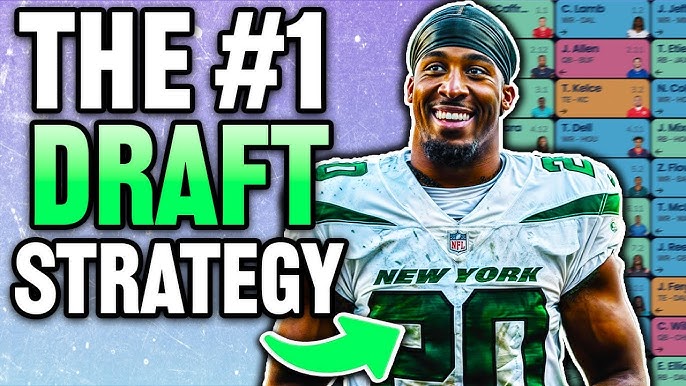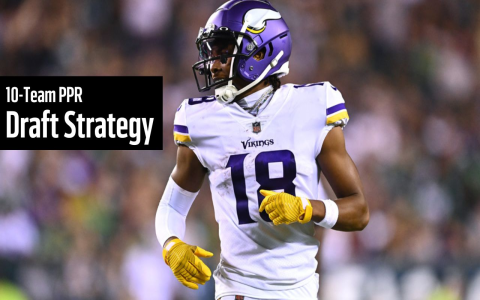Alright, so today I’m gonna walk you through my little NFL mock draft project. Nothing too fancy, just a fun way to kill some time and maybe learn a thing or two about upcoming prospects.

First off, I grabbed some data. I’m talking about team needs, prospect rankings, draft order – the whole shebang. I mostly scraped stuff from ESPN, *, and a few of those draft prediction sites. Yeah, it was a bit tedious, but having that base info is key.
Then, I sketched out a basic algorithm. Really basic. I wanted it to consider a team’s biggest needs, the best available player at those positions, and maybe throw in some “surprise” picks based on team history or rumors I’d seen. I’m not claiming it’s perfect or anything, just something to get the ball rolling.
Next came the coding. I used Python, naturally. Easy to work with, lots of libraries. I created a class for each team, storing their needs, draft picks, and recent history. Then, I created another class for the prospects, with rankings, position, and a little blurb about their strengths and weaknesses.
I started implementing the draft logic. This was the tricky part. I iterated through each team, and for each pick, the algorithm would:
- Identify the team’s top 3 needs.
- Find the highest-ranked prospect at each of those positions.
- Randomly pick one of those prospects, weighted by need and ranking. Sometimes I’d add a little chance of a “reach” or a surprise pick.
I ran the draft a bunch of times. The first few results were hilarious. QBs going in the 7th round, linemen being picked way too high. I had to tweak the weights and randomness a lot to get something even remotely realistic.
I visualized the results. I dumped the draft order into a simple table, showing the team, pick number, player, and position. Nothing fancy, just good enough to see what was going on.
I analyzed the results. This is where it got interesting. I started looking for patterns. Did certain teams always draft the same position? Were there any big surprises? Did the algorithm accurately predict the first few picks?
Finally, I iterated. I took what I learned from the analysis and tweaked the algorithm. Changed the weights, adjusted the randomness, added some new factors. Ran the draft again. Rinse and repeat. It was an ongoing process.

The result? Honestly, it’s probably not that accurate. But it’s a fun exercise. It made me think about team strategy, player evaluation, and the sheer unpredictability of the NFL draft. Plus, I got to brush up on my Python skills. So, all in all, a pretty good use of my time.
Now, I’m thinking about adding more features, like incorporating trade logic or dynamically adjusting team needs based on free agency. But that’s for another day. For now, I’m just happy I got something working.












